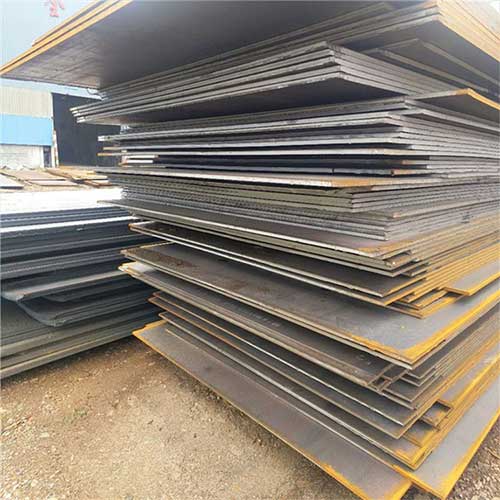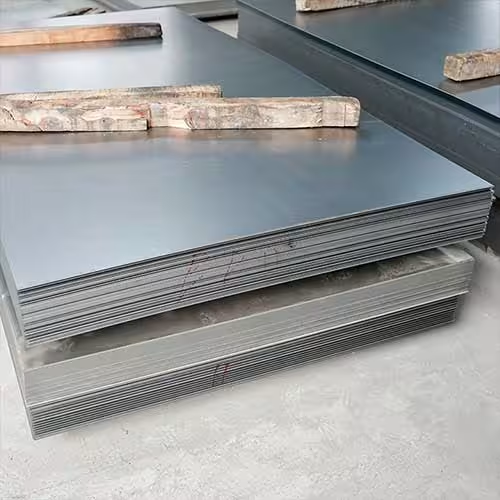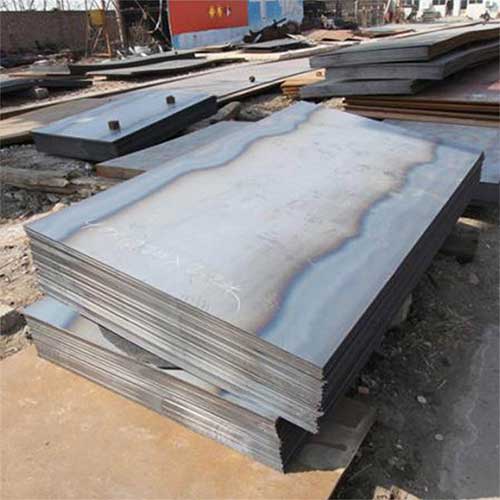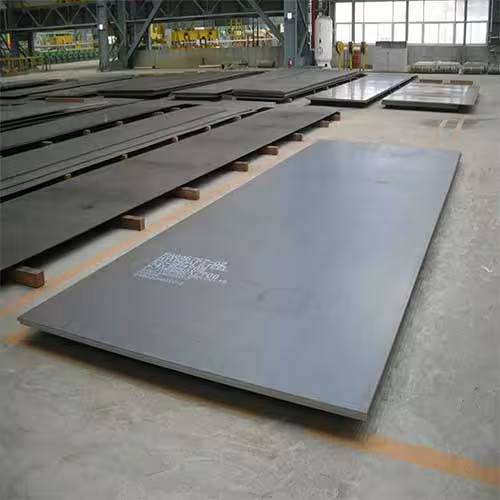Welcome to My Blog!
Before we dive into the content, I’d love for you to join me on my social media platforms where I share more insights, engage with the community, and post updates. Here’s how you can connect with me:
Facebook:https://www.facebook.com/profile.php?id=61565500692293
Now, let’s get started on our journey together. I hope you find the content here insightful, engaging, and valuable.
Table of Contents
Introduction
When it comes to steel fabrication and construction, having a thorough understanding of standard steel plate sizes is essential. Whether you are a manufacturer, a contractor, or an engineer, knowing the available sizes and their applications can help streamline your projects and ensure efficiency. This comprehensive guide will explore the standard steel plate sizes, their dimensions, and the factors to consider when selecting the right size for your needs.
By the end of this blog, you will have a clear understanding of how to choose the best steel plate size for your specific project.
Understanding Standard Steel Plate Sizes

Standard steel plate sizes refer to the commonly available dimensions of steel plates used in various industries. These sizes are standardized to ensure consistency and compatibility across different applications. Steel plates are available in a range of thicknesses, widths, and lengths, making them versatile for construction, manufacturing, and industrial projects. Understanding these standard sizes can help you plan your projects more effectively and avoid delays or additional costs associated with custom sizes.
Key Factors to Consider When Choosing Steel Plates
Selecting the right steel plate size involves considering several key factors to ensure that it meets your project requirements. These factors include:
Application Requirements
Determine the specific application for which the steel plate will be used. Different projects may require different sizes and thicknesses. For example, structural beams may need thicker plates, while decorative elements may require thinner ones.
Project Dimensions
Measure the dimensions of your project to ensure that the steel plate sizes you choose fit perfectly. Consider the length, width, and height of the area where the steel plates will be installed.
Weight and Load Capacity
Consider the weight and load capacity of the steel plates. Thicker plates can support more weight but may be heavier and more difficult to handle. Ensure that the steel plates can support the intended load without compromising structural integrity.
Budget Constraints
Evaluate your budget and choose steel plate sizes that offer the best value for your money. While larger or thicker plates may be more expensive, they can provide long-term benefits in terms of durability and reduced maintenance.
Common Standard Steel Plate Sizes
To help you make an informed decision, the following table summarizes common standard steel plate sizes:
| Thickness (mm) | Width (mm) | Length (mm) |
|---|---|---|
| 1.5 | 1,000 | 2,000 |
| 2.0 | 1,200 | 2,400 |
| 3.0 | 1,500 | 3,000 |
| 4.0 | 1,800 | 3,600 |
| 5.0 | 2,000 | 4,000 |
| 6.0 | 2,200 | 4,400 |
| 8.0 | 2,400 | 4,800 |
| 10.0 | 2,600 | 5,200 |
| 12.0 | 2,800 | 5,600 |
This table provides a quick reference for the most commonly available steel plate sizes, helping you select the appropriate dimensions for your project.
Applications of Standard Steel Plate Sizes


Standard steel plate sizes are used in a wide range of applications across various industries. Some of the most common applications include:
Construction
Steel plates are used in the construction of buildings, bridges, and other structures. They provide strength and support to structural elements such as beams, columns, and foundations.
Manufacturing
In manufacturing, steel plates are used to create machinery, equipment, and tools. Their durability and strength make them ideal for heavy-duty applications.
Automotive
The automotive industry relies on steel plates for manufacturing vehicle parts such as chassis, frames, and body panels. The standard sizes ensure compatibility and ease of assembly.
Shipbuilding
Steel plates are essential in shipbuilding, where they are used to construct hulls, decks, and other structural components. The standard sizes ensure consistency and reliability in the construction process.
Industrial Equipment
Steel plates are used in the production of industrial equipment such as tanks, vessels, and storage bins. Their versatility and strength make them suitable for a wide range of applications.
Advantages of Using Standard Steel Plate Sizes
Using standard steel plate sizes offers several advantages that can benefit your project:
Availability
Standard sizes are readily available from suppliers, reducing lead times and ensuring that you can start your project without delays.
Cost-Effectiveness
Standard sizes are generally more cost-effective than custom sizes. They are produced in larger quantities, resulting in lower production costs and more competitive pricing.
Compatibility
Standard sizes ensure compatibility with other components and materials used in your project. This reduces the risk of fitting issues and ensures a smooth assembly process.
Quality Assurance
Standard steel plate sizes are produced according to industry standards and quality control measures. This ensures that you receive high-quality products that meet your project requirements.
Customizing Steel Plate Sizes
While standard steel plate sizes offer a wide range of options, there may be instances where custom sizes are necessary. Customizing steel plates involves specifying unique dimensions to meet specific project requirements. This can be done through cutting, welding, or other fabrication processes. However, custom sizes may result in longer lead times and higher costs. It is important to weigh the benefits of customization against the potential drawbacks.
Future Trends in Steel Plate Manufacturing

As technology continues to advance, the manufacturing of steel plates is becoming more efficient and precise. Innovations in steel production processes, such as advanced rolling techniques and automation, are improving the quality and consistency of steel plates. Additionally, the development of new steel alloys and coatings is enhancing the durability and corrosion resistance of steel plates, making them suitable for a wider range of applications.
Conclusion
Choosing the right standard steel plate size for your project involves understanding the available dimensions, considering your specific application requirements, and evaluating factors such as weight, load capacity, and budget. Standard steel plate sizes offer numerous advantages, including availability, cost-effectiveness, compatibility, and quality assurance.
If you are looking to purchase high-quality standard steel plates or need assistance with custom sizes, contact us today. Our team of experts will guide you through the options and help you choose the best steel plate size for your project.
FAQ
What are standard steel plate sizes?
Standard steel plate sizes refer to the commonly available dimensions of steel plates used in various industries. These sizes are standardized to ensure consistency and compatibility across different applications.
How do I choose the right steel plate size for my project?
Consider factors such as application requirements, project dimensions, weight and load capacity, and budget constraints. Standard steel plate sizes offer a wide range of options to meet various project needs.
What are the common applications of standard steel plate sizes?
Standard steel plate sizes are used in construction, manufacturing, automotive, shipbuilding, and industrial equipment. Their versatility and strength make them suitable for a wide range of applications.
Are standard steel plate sizes cost-effective?
Yes, standard steel plate sizes are generally more cost-effective than custom sizes. They are produced in larger quantities, resulting in lower production costs and more competitive pricing.
Can I customize steel plate sizes?
Yes, you can customize steel plate sizes to meet specific project requirements. However, custom sizes may result in longer lead times and higher costs. It is important to weigh the benefits of customization against the potential drawbacks.

